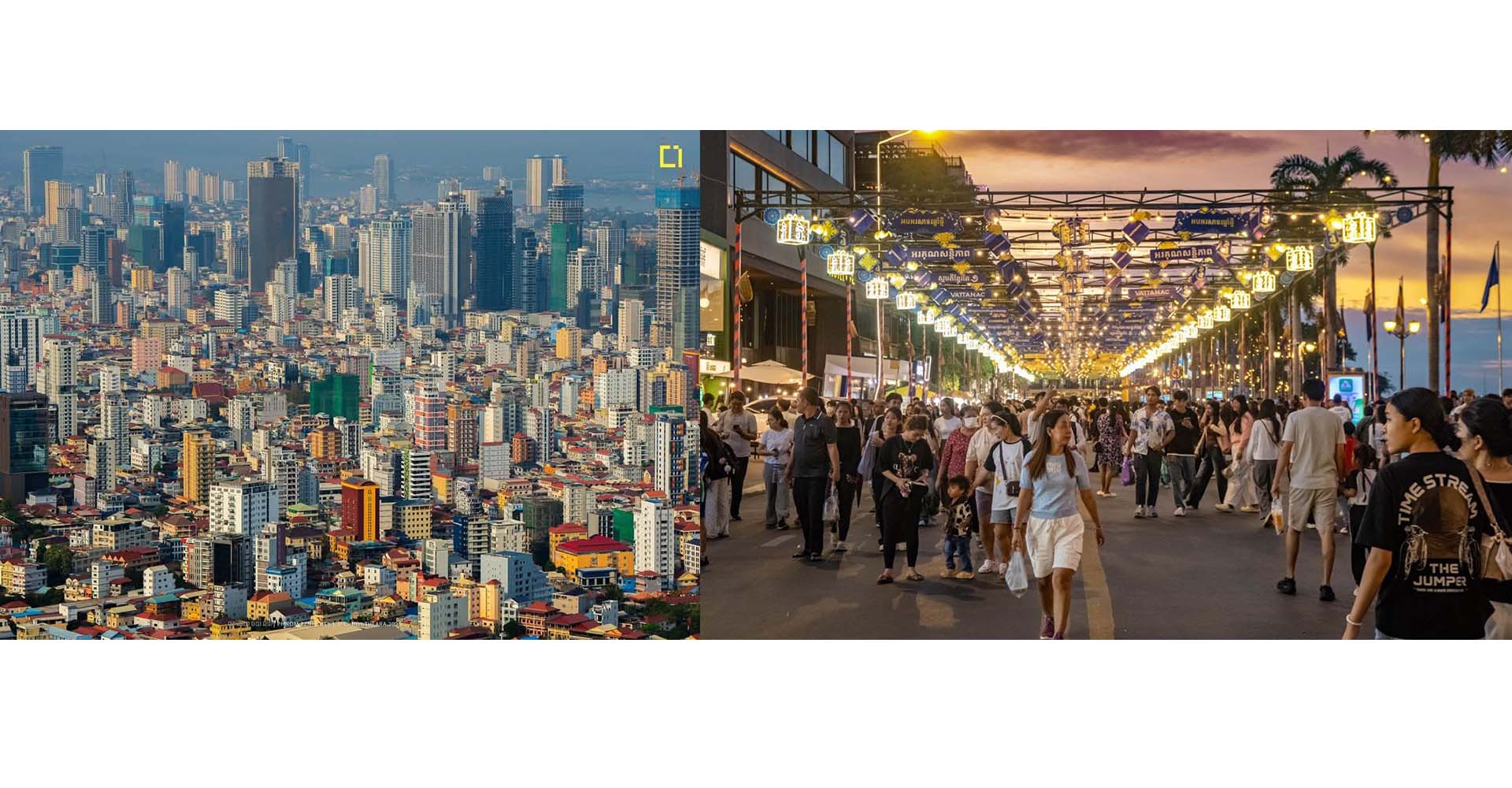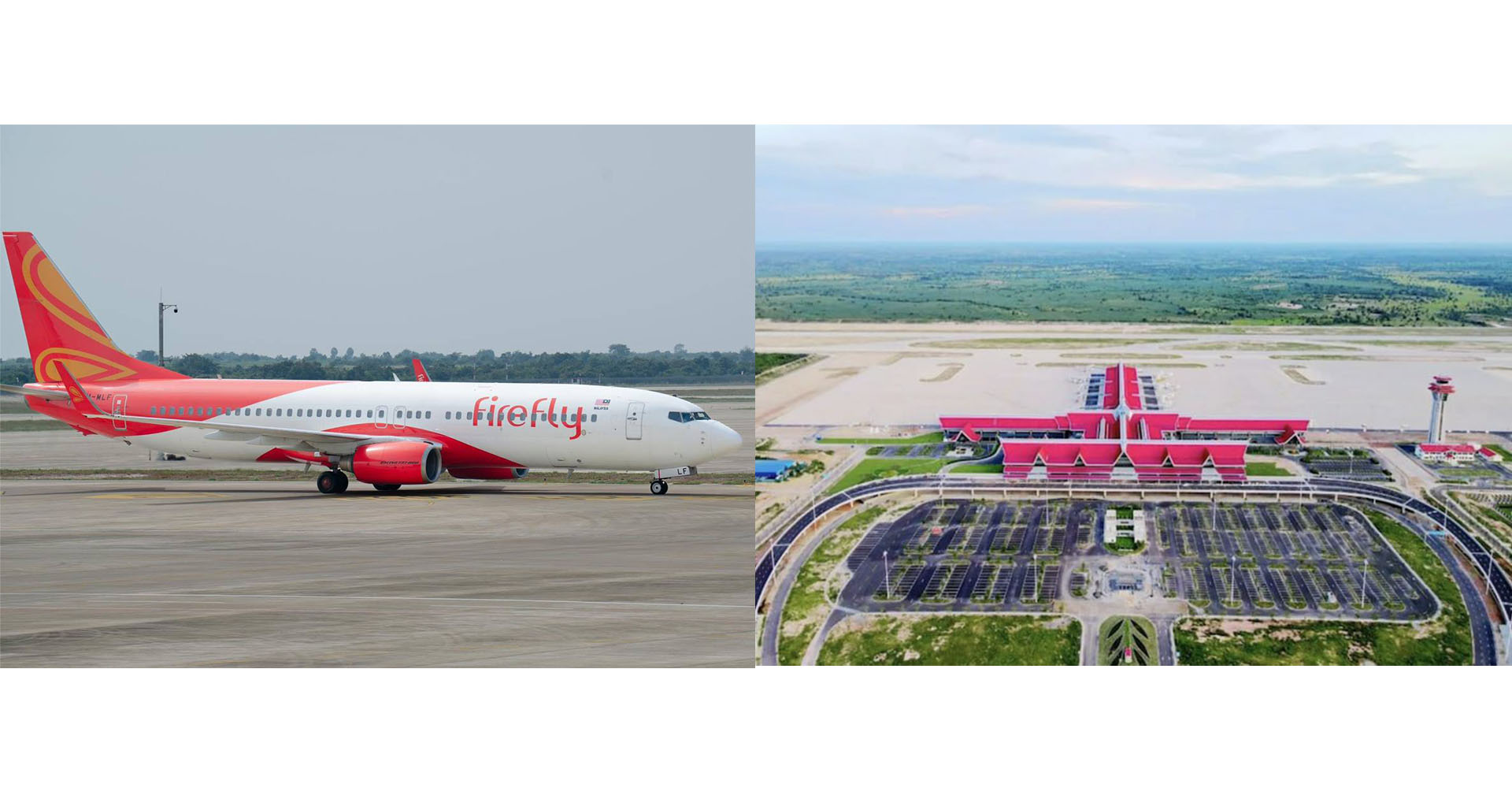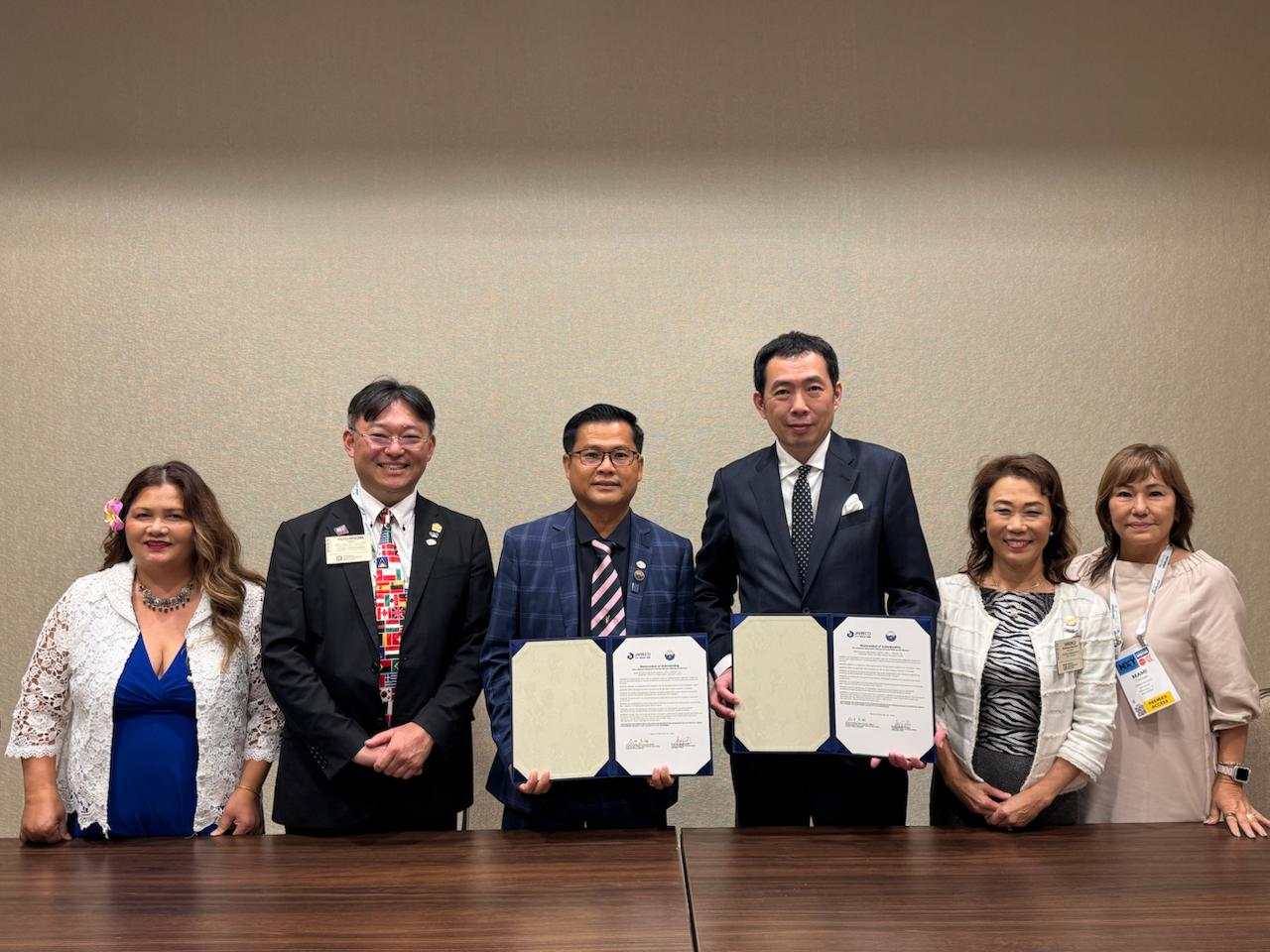Investors in Tokyo’s office segment should temper optimism with caution, even though rents rose by the most in eight years in the third quarter last year, as it masks a different reality, according to analysts.
Rents for prime office space in Japan’s capital increased by 5.2 per cent in the July to September quarter, the first time growth exceeded 5 per cent in the same period in 2016, according to a CBRE report.
Grade A office rents in major cities like Nagoya and Osaka rose 2.6 per cent and 1 per cent, respectively. In the rest of Japan, overall office rents advanced by as much as 1.7 per cent.

-->

The growth in the country’s overall office rents was spurred by low vacancy rates, which declined by as much as 5.9 basis points, as companies mandated a return-to-office working arrangements and organisations upgraded their office environments to attract and retain talent, CBRE said.
However, the growth in rents was concentrated in select properties, masking the vacancy disparity rate in Japan’s office segment.
For example, in Tokyo, out of 104 prime office buildings, almost 90 per cent of empty spaces were concentrated in just 11 towers. The same trend was also seen in Yokohama, CBRE said.
As such, most landlords had no incentive to decrease rents even though the vacancy rates were “higher than the historical mean”, the property consultancy said.
“Cities with high vacancy disparity rates also have large single-building vacancies, which may provide opportunities for major company relocations,” CBRE said. “Should this happen, significant vacancies could emerge in existing buildings. If vacancies become more evenly spread as a result, competition to attract tenants may rise, leading to a slowdown in rental growth.”
Source: SCMP

















